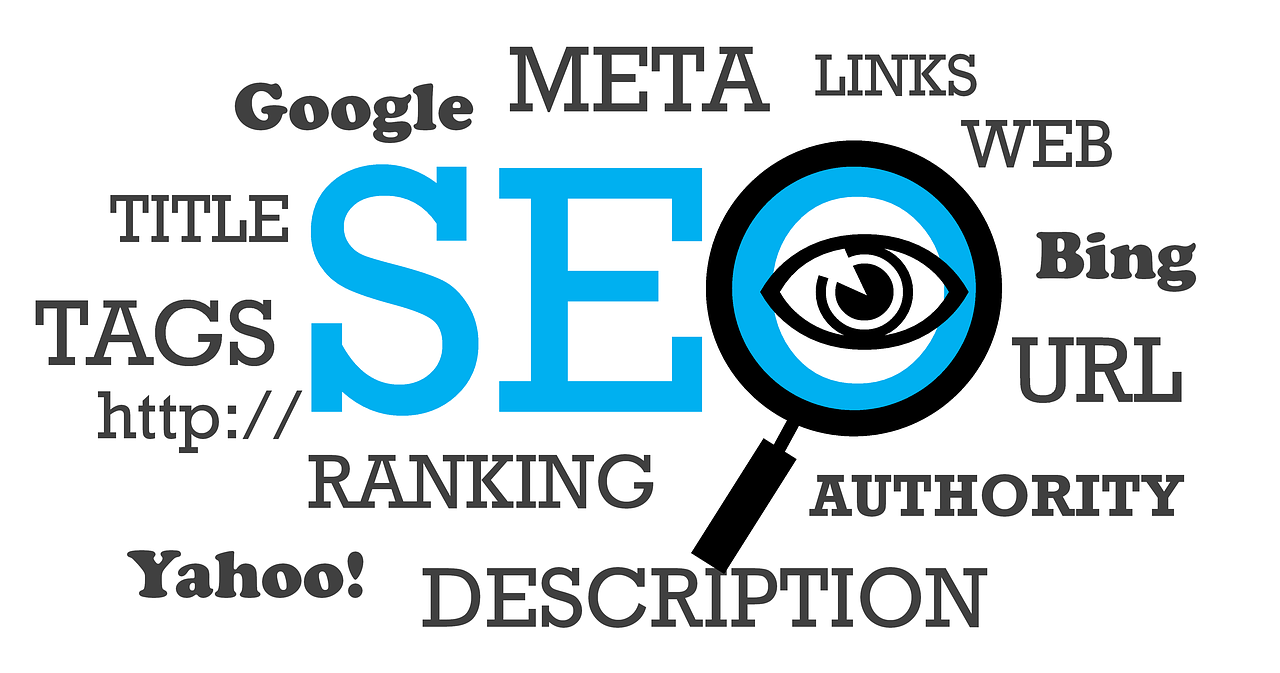
An Image Keyphrase (or Image Keyword) is the main keyword or phrase that you want your image to rank for in search engines, particularly in image searches like Google Images. Just like with text-based SEO, optimizing images for specific keyphrases helps search engines understand the relevance of your images, making them more likely to appear in image search results.
Why Are Image Keyphrases Important?
Optimizing your images with keyphrases helps:
- Improve SEO: Images that are well-optimized can drive additional traffic through image searches.
- Enhance Accessibility: Describing your images using relevant keyphrases in the alt text or title tags helps visually impaired users who rely on screen readers.
- Boost Relevance: Search engines use image keyphrases to understand the content of your image and how it relates to your page’s text content.
How to Create and Use an Image Keyphrase
Here are the steps for creating and properly using an image keyphrase:
1. Choose a Relevant Keyphrase
When selecting an image keyphrase, follow these steps:
- Match it to the content: Choose a keyphrase that reflects the subject of the image and aligns with the main keyword of the surrounding content.
- Keyword research: Use keyword research tools (such as Google Keyword Planner, Ahrefs, or Ubersuggest) to find relevant and high-volume keywords that are related to the image’s context.
- For example, if your blog post is about “best travel destinations,” your image keyphrase might be “beautiful beach vacation” or “mountain travel spot.”
2. Optimize Image File Name
The file name of your image should include the keyphrase and be descriptive. Instead of a generic name like IMG_1234.jpg, rename your file to something meaningful:
- Example: Instead of
IMG_001.jpg, usebeautiful-beach-vacation.jpg.
3. Add Alt Text (Alternative Text)
The alt text is a description of the image that is displayed if the image cannot be loaded. It’s also used by search engines and screen readers for accessibility purposes. Incorporate your keyphrase naturally into the alt text:
- Example: If the image is of a beach, the alt text could be:
"A beautiful beach vacation spot with clear blue water and white sand."
4. Use Descriptive Image Titles
While not as critical for SEO as alt text, adding an image title provides additional context and can help users understand the image when they hover over it. You can include your keyphrase here too, but avoid keyword stuffing.
- Example: Image title:
"Beach vacation in the Maldives".
5. Include a Caption (if applicable)
Captions are the text displayed directly below an image on a webpage. They’re highly visible to users and can provide more context. If the keyphrase fits naturally into the caption, include it:
- Example: Caption:
"Experience the serenity of a beautiful beach vacation in the Maldives."
6. Optimize Surrounding Content
Search engines look at the content surrounding the image to understand its context. Ensure that the page’s content is relevant to the image and contains your image keyphrase as well. This might include headings, body text, or links near the image.
7. Ensure Image File Size and Format Optimization
A fast-loading page is crucial for SEO. Optimize the file size without sacrificing quality by using compressed image formats like WebP, JPEG, or PNG. Tools like TinyPNG or image optimization plugins for WordPress can help reduce file sizes.
- Ideal dimensions and compression: Before uploading, ensure your image is sized correctly for its placement (e.g., don’t upload a 4000px-wide image if it will only display at 800px).
8. Add Structured Data for Images (Optional)
You can use Schema Markup (structured data) to help search engines understand what the image represents. This can be especially helpful for product images or specific types of content like recipes or events. For example, for a product image, you can include product information like price, ratings, or availability in the structured data.
9. Optimize for Image Sitemaps
To ensure your images are indexed by search engines, include them in your XML sitemap. Plugins like Yoast SEO or Rank Math can automatically include images in your sitemap, making it easier for Google to find and index them.
Example of an Image Keyphrase in Action:
If you are writing a blog post about “The Best Winter Hiking Trails,” and you have an image of a snowy trail, you would:
- Image keyphrase: “winter hiking trail”
- File name:
winter-hiking-trail.jpg - Alt text: “A beautiful winter hiking trail through a snowy forest”
- Image title: “Best winter hiking trail in Canada”
- Caption: “Discover the best winter hiking trail for your next outdoor adventure.”
Summary of Steps:
- Choose a relevant image keyphrase based on your content.
- Rename the image file with the keyphrase.
- Write a descriptive alt text including the keyphrase.
- Add a relevant image title.
- Use a caption, if applicable, incorporating the keyphrase.
- Ensure the surrounding content supports the keyphrase.
- Optimize the image file size and format for fast loading.
- Use structured data if necessary.
- Include the image in your sitemap for search engines.
By following these steps, you’ll help search engines understand the relevance of your images and increase the chances of them appearing in image search results!


 Previous Post
Previous Post Next Post
Next Post